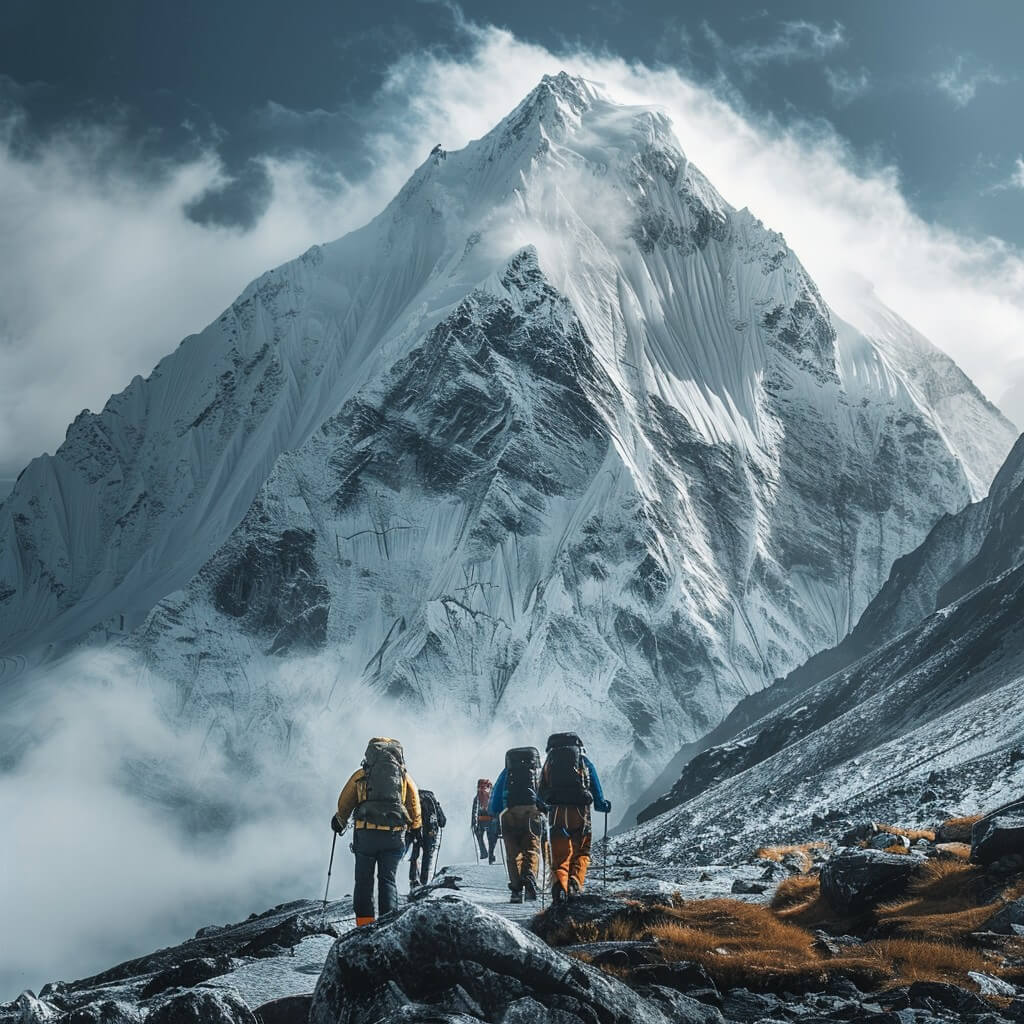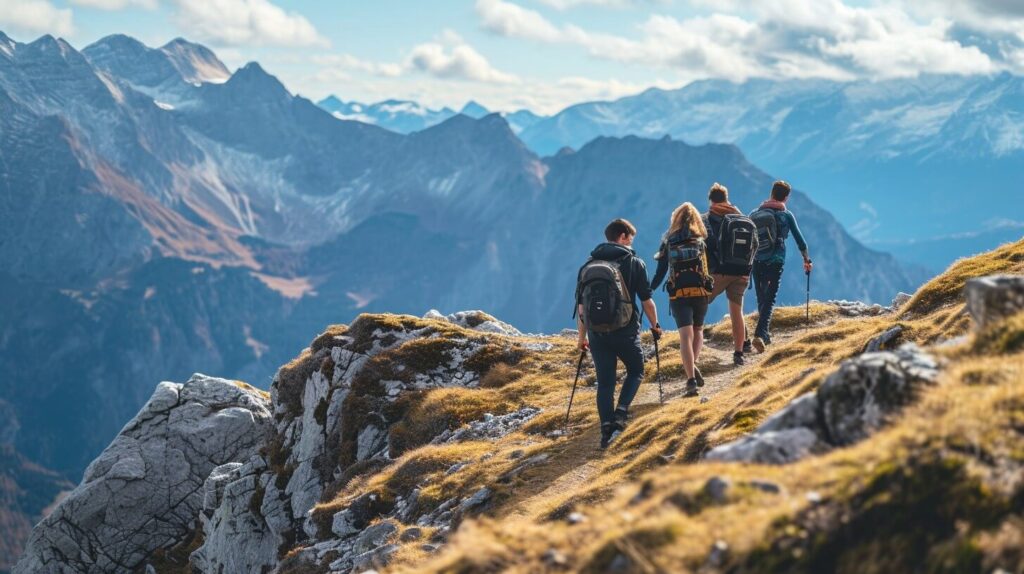Thinking about tackling the Tongariro Crossing weather tips? You’re in for an adventure! As one of New Zealand’s most iconic day hikes, the Tongariro Alpine Crossing offers stunning views, challenging terrain, and unforgettable experiences.
But what should you pack to make sure you’re fully prepared? Let’s dive into the essential gear and supplies to ensure your hike is safe, enjoyable, and memorable.

Common Questions and Concerns
Before we get into the nitty-gritty, let’s address some common questions and concerns hikers have about the Tongariro Crossing weather tips:
- What should I wear for the Tongariro Crossing?
- What kind of weather should I expect?
- How much water do I need?
- Do I need special equipment or can I use my regular hiking gear?
- Is there anything I should bring for emergencies?
These questions will guide us as we explore what to pack for this incredible hike.
Essential Gear for the Tongariro Crossing
Clothing
Layered Clothing
The weather can change rapidly on the Tongariro Crossing.
Starting with a base layer made of moisture-wicking material helps keep sweat off your skin, preventing you from getting cold.
Here’s a breakdown of what to wear:
- Base Layer: Choose materials like merino wool or synthetic fabrics that wick moisture away. Avoid cotton as it retains moisture and can make you cold.
- Insulating Layer: A fleece or down jacket will provide warmth. This layer traps heat and keeps you cosy during cold spells.
- Outer Layer: A waterproof and windproof jacket is essential to protect you from rain and wind. Look for jackets with breathable fabrics like Gore-Tex.
Hiking Pants or Leggings
Comfortable, durable, and weather-appropriate pants are crucial.
Avoid jeans as they can become heavy and uncomfortable when wet.
Opt for quick-drying, breathable fabrics that allow freedom of movement.
Sturdy Hiking Boots
Ensure your boots are broken in and provide good ankle support.
The terrain can be rocky and uneven, so a solid pair of hiking boots with good traction is essential.
Waterproof boots are a bonus, especially if you encounter wet conditions.
Additional Clothing Items
- Hiking Socks: Good quality, moisture-wicking socks will help prevent blisters. Consider bringing an extra pair in case your feet get wet.
- Hat and Gloves: Even in summer, temperatures can be low, especially at higher altitudes. A warm hat and gloves will keep you comfortable.
- Sunglasses and Sunscreen: Protect your eyes from the glare and your skin from the intense UV rays, even on cloudy days.
Weather Protection
Understanding the Weather
The Tongariro Crossing is known for its unpredictable weather. For more details and planning tips, visit https://tongarirocrossing.com.
It can be sunny at the start of the trail and snowing by the time you reach the summit.
Being prepared for all types of weather is crucial.
- Check the Weather Forecast: Before you set out, check the weather forecast for the day. Local weather apps and websites provide detailed forecasts for the Tongariro region.
- Pack for All Conditions: Regardless of the forecast, bring gear for rain, wind, and cold temperatures. It’s better to have it and not need it than to be caught unprepared.
Hydration and Nutrition
Staying Hydrated
Proper hydration is vital, especially on a long hike like the Tongariro Crossing.
Dehydration can lead to fatigue, headaches, and decreased performance.
- Water Bottles or Hydration Bladder: Carry at least 2 litres of water. A hydration bladder can be convenient as it allows you to drink without stopping.
- Electrolyte Tablets: Adding electrolyte tablets to your water can help maintain your electrolyte balance, especially if you’re sweating a lot.
Nutrition for the Trail
- High-Energy Snacks: Pack nuts, trail mix, energy bars, and dried fruit. These provide quick energy boosts.
- Lunch: A hearty sandwich or wrap, some fruit, and perhaps a small treat can keep your energy levels up.
- Avoid Heavy Foods: Stick to lightweight, non-perishable foods that don’t need refrigeration.
Safety and Navigation
Navigation Tools
While the trail is well-marked, having navigation tools can give you peace of mind.
- Map and Compass/GPS: A map and compass are essential, even if you’re using a GPS device. Batteries can die, and electronics can fail.
- Trail App: Download a trail app like AllTrails or Maps.me that works offline. These can be helpful for following the route and checking your progress.
First Aid Kit
A basic first aid kit should include:
- Bandages and adhesive tape
- Antiseptic wipes
- Blister treatment (moleskin for blister pads)
- Pain relief medication (like ibuprofen)
- Any personal medications you may need
Emergency Supplies
- Emergency Blanket: Lightweight and compact, an emergency blanket can be a lifesaver in unexpected situations. It reflects body heat and can keep you warm if you’re stuck in the cold.
- Whistle: A whistle can be used to signal for help if you get lost or injured.

Miscellaneous
Lighting
- Headlamp or Flashlight: If your hike takes longer than expected, a headlamp or flashlight will help you find your way in the dark. Make sure it has fresh batteries.
Documentation and Electronics
- Camera or Smartphone: Capture the breathtaking views and memories. Ensure your device is fully charged, and consider bringing a portable charger.
- Identification and Permits: Carry your ID, any necessary permits, and some cash in case you need it.
Packing List Summary
- Clothing: Layered clothing, hiking pants, sturdy boots, hat, gloves, sunglasses, hiking socks
- Weather Protection: Waterproof and windproof jacket, sunscreen
- Hydration and Nutrition: Water (at least 2 litres), high-energy snacks, lunch, electrolyte tablets
- Safety and Navigation: Map and compass/GPS, first aid kit, emergency blanket, whistle
- Miscellaneous: Headlamp or flashlight, camera or smartphone, identification and permits
Personal Story
When I went to Tongariro Crossing weather tips, I underestimated the weather. Starting the hike in bright sunshine, I was glad I packed layers when a sudden cold front brought wind and rain.
My waterproof jacket and gloves made all the difference, keeping me warm and dry, and allowing me to fully enjoy the incredible landscapes despite the weather shift.
I also remember how invaluable my snacks were. A quick energy bar at the Red Crater gave me the boost I needed to keep going.
Conclusion
Preparing for the Tongariro Crossing with the right gear and supplies ensures a safe and enjoyable adventure.
By packing wisely and staying informed, you’ll be ready to tackle whatever the trail throws at you.
From layered clothing to essential safety gear, being well-prepared means you can focus on soaking in the stunning views and making unforgettable memories.
Happy hiking!




